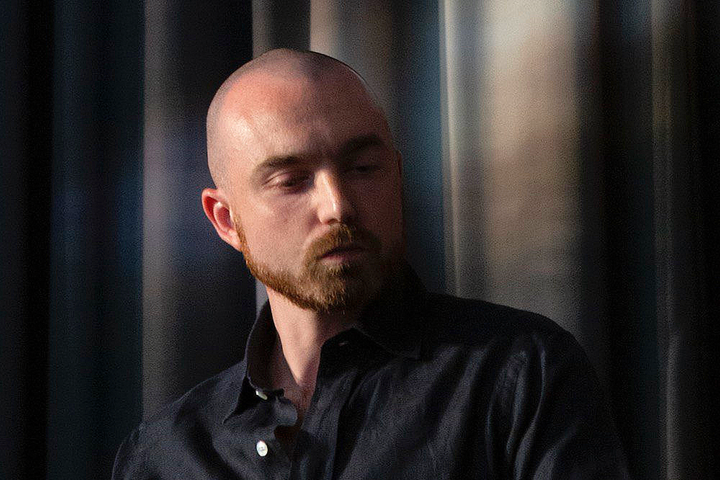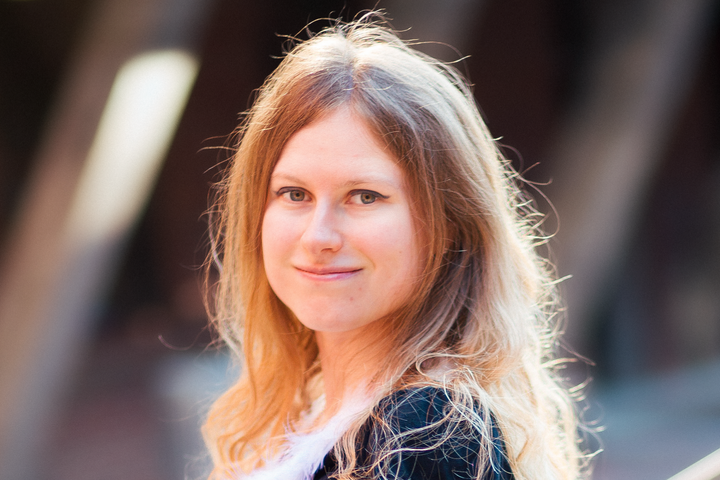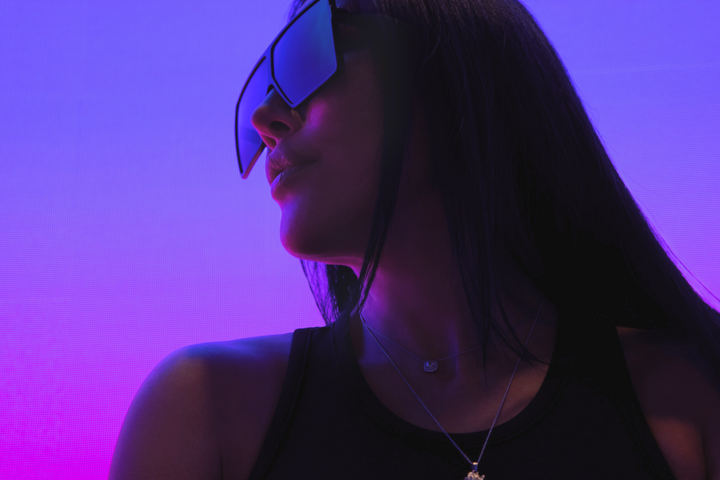Gallerist Tamuna Arshba: Don’t Let Loud NFT Projects Deter you
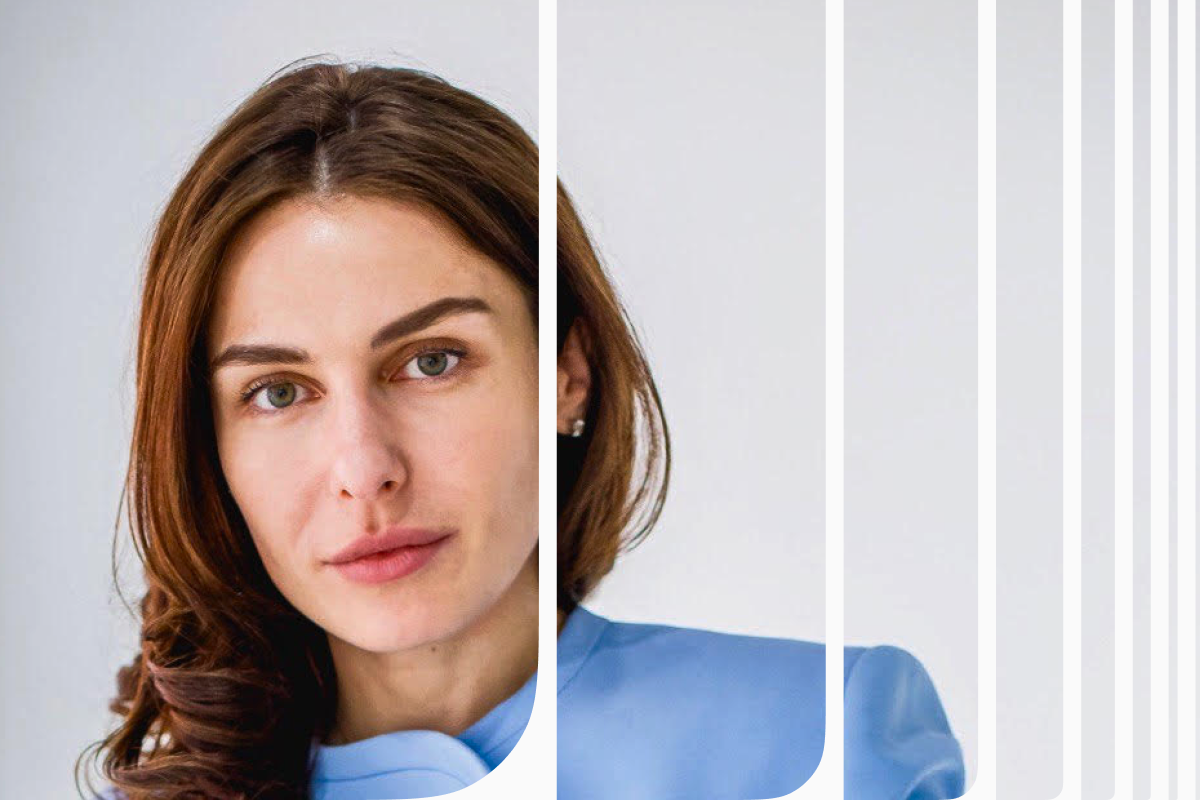
Interview by Andrea Misiano
What is your perspective on NFT-based art?
NFT-based art is an experiment, a new form of expression positioning itself on the art market through the blockchain and depending on that particular community. It is not mature so far, and most of the loud, expensive NFT projects seem to have nothing in common with art. They are at the bottom of Maslow's hierarchy of needs where only a few have the need for art. In reality, it is the same in the traditional art world, which means that the NFT community reflects the same model and principles, but in the metaverse.
That doesn’t mean that NFT art doesn’t exist, of course it does. It is just that trendy NFTs are louder, and a collector from the traditional art world could think that it is not art.
There are a lot of articles about the metaverse and free society, and even more writing about resale prices than, say, mind-blowing artistic ideas. What is exciting however, is that if the older generations see the NFT phenomenon as weird and doubtful, for a whole new generation it seems to be super actual and natural, and nourished by anti-monopoly ideas and free social connections.
What NFT art projects are you excited about?I’m very much excited about the collaboration between Uta Bekaia and Denis Davydov. This is natural because I am involved in its development and creative process–it’s impossible to not be excited for me. As Uta’s lifelong manager, I see new opportunities for the artist’s self-expression and understand the importance of working with a true digital artist such as Davydov. This project is called Sacred Creatures: Bajbajas, and was launched by Window Project with Instigators, and empowered by 4Artechnologies. It gave a new life to Uta’s art and his universe, it is like becoming alive in an alternative reality. Still, the project is on a very basic level of development within the Bajbajas’s universe, the whole planet is yet to come alive. In this context, art becomes a great opportunity to be used in everyday life, including computer games, avatars, skins, or just a wallpaper on gadgets or TV screens.
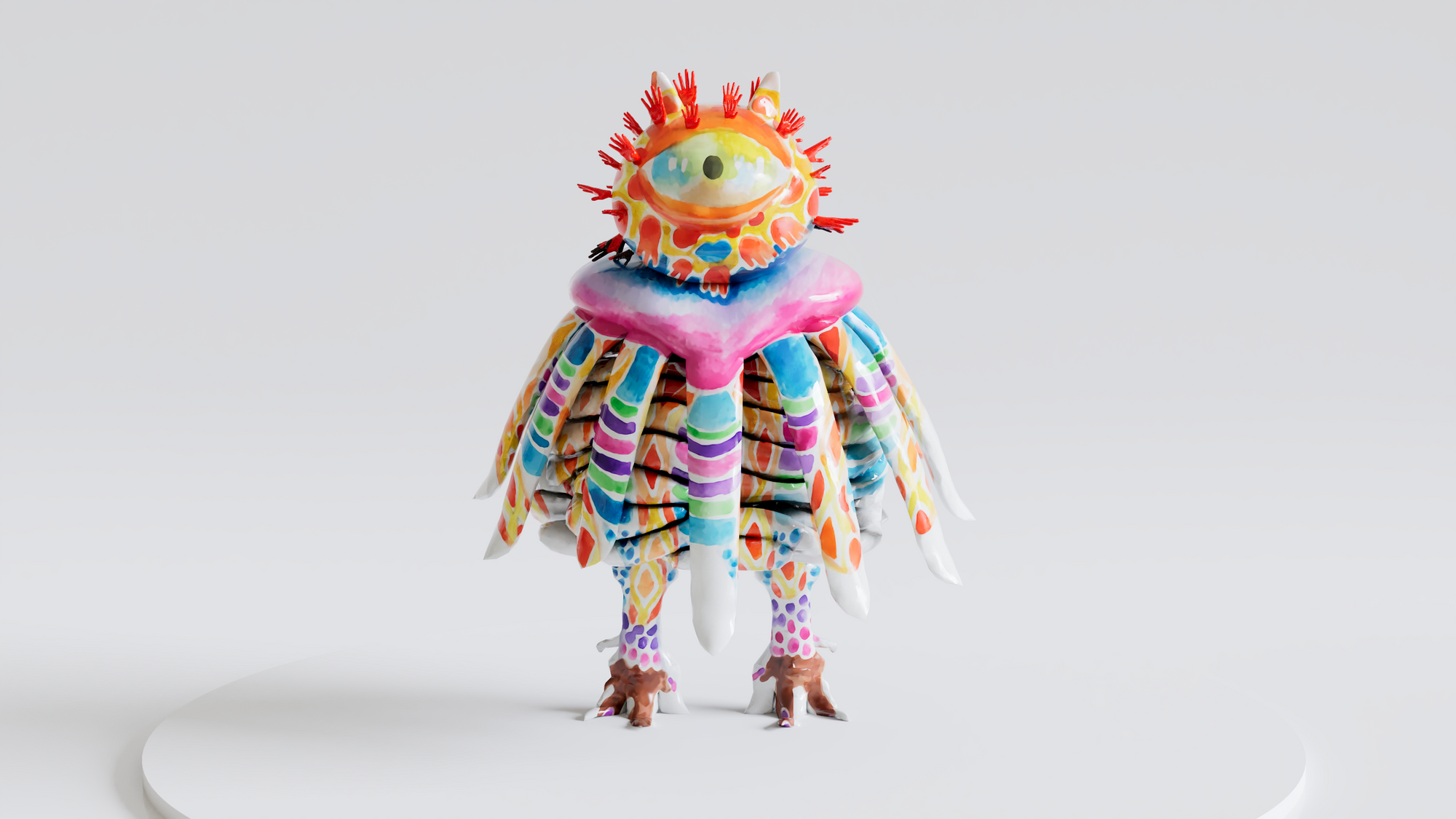
I would also highlight Michael Winkermann’s [Beeple] projects. And I also like Tyler Hobbs hand drawings combining algorithms; as well as Jen Stark’s cosmos, portal experience, sculptures, and installations.
What are the main benefits the NFT format provides as a tool for artists?
Artists can create more expressive and immersive artworks. Precisely, NFTs and smart contracts on the blockchain give an opportunity for transparency and authenticity. The involvement of the NFT community is also a great tool for popularization and brand development.
Do you have any thoughts about the future of NFT culture?
It is still unclear as the scene develops. Benefits aside, there are still a lot of open questions regarding fakes, frauds, and speculations. Most hyped NFT art today shows no culture of understanding art. I mean decorative generative NFTs are disorienting to me, these beautiful screens with artificially inserted concepts are so far from what art is in the traditional sense. It could be a matter of time for this new public to form a taste, get educated, and strategize structural development. But nowadays it looks like a mess, and to be involved in the process of something so new and just forming always includes high risks.
What artistic value do you see in CryptoPunks?
Personally none, but art is a subjective matter. On the other hand, it reflects modern society, in which people are obsessed with scrolling and seeking different avatars for themselves.
What is your take on a major auction house (Christie’s) representing and selling CryptoPunks NFTs?
For me it indicates that financial potential takes over curatorial work. I know that sounds sad, and they can argue about it at Christie’s, but these are the results of our current industry, where focus is not on art itself, but on investment, numbers, and demand that can be created artificially.
Will CryptoPunks make it in the more traditional art history?
It is already a part of history–showing clearly what our civilization is facing.
What does the future hold for CryptoPunks?
Let’s see the indicators: they have value as pioneers, great sales history and financial attractiveness, important NFT collectors follow them, as well as celebrities. They are rare, and they inspired famous artists such as Damien Hirst. This product is already historic as an indicator of one’s wealth and trend awareness.
But they are the perfect example that one can successfully create all the tools needed for promotion in the art industry and practically become a blue chip without being an art piece.
Which artistic projects in the more traditional art world can we compare the CryptoPunks phenomenon with?
I can’t compare CryptoPunks to any phenomenon. But generally, NFT art is about a new age within a new space, new forms of art, and even new forms of currency. Throughout art history, we experienced changes and different milestones in how we perceive art. In the beginning of the twentieth century for instance, form and color were questioned, and we saw the emergence of abstract and conceptual art. After WWII, the art industry grew rapidly with the globalization of the economy and financial speculation. It brought a new era of auctions, foundations, galleries, blue chips, and an increase in influential collectors and artists. What we have today with NFTs reflects both periods at once through new forms and new markets.
Tamuna Arshba is a Georgian gallerist, founder of ERTI Gallery in Tbilisi in 2017. In 2020, she co-initiated the Gallery Window Project in Tbilisi (and in Moscow until February 2022). The Window Project is one of the first galleries exhibiting NFT art, such as in the digital section of Art Dubai and at Cosmoscow fair in Moscow. As a gallery owner and program curator, Tamuna has organized many international art fairs abroad, as well as exhibitions in Georgia in collaboration with international institutional partners, curators, and artists.

